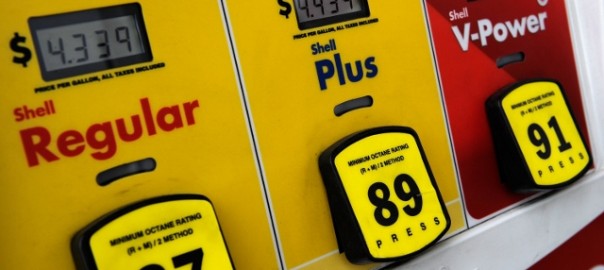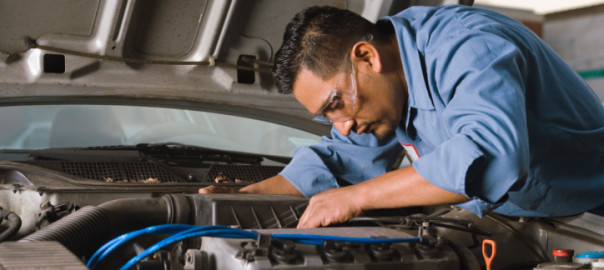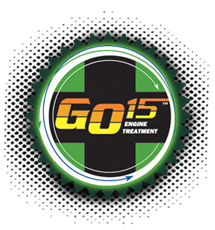Gasoline is such a big part of how Americans get from place to place. Gasoline is the sweet liquid that we depend upon every day to keep our cars and nation going. It is part of what has help propel the United States into a world power over the past century, and it is what powers the vast majority of motor vehicles; whether they are by land, sea or air. Here are six things that are important to know about gasoline and why they are important to us as everyday gasoline users.
Fact 1: The tax you pay per gallon
We all know that gas prices change on what seems like an everyday basis but the taxes you pay per gallon of fuel can vary wildly. The U.S. Energy Information Administration (EIA) has an excellent cost breakdown from the month of March, when gas prices averages at $3.53 per gallon. Basically, total taxation comes to 12 percent of that overall price. Federal excise tax equaled 18.4 cents, and by averaging state taxes on top of it, the EIA came up with the figure of 23.52 cents per gallon.
Each state has a different rate of taxation per gallon of gas, so where you live is the most important factor in determining the total price of filling up your tank. States like California and New York generally have higher taxes and the exact rates can boil down to a number of economic factors. Taxation can be used by legislators to encourage people to take public transport to ease roadway congestion or as measure to combat air pollution. The manner in which those taxes are applied also varies state to state through excise and sales tax.
Fact 2: Where does your gas come from?
Tracking down exactly where the gas you are pumping came from is downright near impossible. There are numerous variables in gasoline production, and the product that ultimately ends up at your neighborhood gas station most likely saw its genesis at a number of locations. The EIA doesn’t collect information as to the source of gasoline sold at local outlets, so its origin cannot be easily determined.
The product you’re purchasing could have been developed at a number of different refineries, own by any number of different companies. Gas producers also receive crude oil, which is refined into gasoline from a bunch of different sources, both foreign and domestic. Even after gasoline leaves the refinery, it often is blended with the products of other refineries through a pipeline, and then sold to gas stations in bulk. Basically, the fuel you’re putting into your vehicle can’t really be traced back to its definitive source.
Fact 3: How much fuel comes from a barrel of oil?
When news outlets report on oil and gas they generally talk about the production in barrels. One barrel commonly abbreviated to ‘bbl’ can contain up to 42 gallons of crude oil. From those 42 gallons, a U.S. refinery can generally refine roughly 19 gallons of gasoline.
Fact 4: Why does the U.S. export fuel when prices keep climbing?
Recent studies have shown that the U.S. is taking big steps towards limiting its country wide dependence on foreign fuel and that has come through a combination of increases domestic oil and natural gas production. As American oil producers ramp up production numbers, exports have been on the rise as well. The one thing we all find ourselves asking every time we roll up to the pump is, if production is increasing and the process is becoming more refined, then why do process keep rising? Why are American companies exporting fuel that we could use here to drive prices back down?
The answer is fairly complicated, but, in its purest form, basically gasoline producers can hit higher profit margins by sending their product abroad. There are other factors, like inadequate pipeline capacity and shipping constraints, which lead many companies to send petroleum products to easier-to-reach markets. Essentially, the amount of production and gas prices aren’t as closely related as people might think, and things like taxation could have a bigger impact. Companies will sell their product where they can secure the biggest profit, which is why exports have continued despite higher prices domestically.
Fact 5: Ethanol’s role
Over the past decade, ethanol has become a popular term in then energy lexicon, especially when discussing fuel prices and production. Ethanol itself is short for ethyl alcohol, a main component in most gasolines that can be produced from biological sources, like corn or sugar cane.
Ethanol is an additive for many fuels, and according to the EIA, makes up about 10% of overall gasoline consumption. Ethanol has grown to become a fixture in most gasoline sold at the pump, but the exact amount can vary by location. The basic role of ethanol is to oxygenate gasoline, causing it to burn cleaner and more efficiently.
Fact 6: How much CO2 is produced from Gasoline?
Burning fossil fuels is the main contributor toward increasing greenhouse gases in the environment, and motor vehicles are a big source of emissions. Burning a gallon of gasoline without any ethanol added produced 16.64 pounds of carbon dioxide, while burning a gallon of diesel produces 22.38 pounds, according to the EIA’s data. With added biofuel content, those numbers are reduced depending on specific blends.
As consumers and businesses look for ways to lessen their environmental impact, vehicle emissions should start to see a reduction in coming years. Companies like Tesla are taking steps to make cleaner technologies available to other car makers, which should add more competition and increase the number of electric cars on the road as well.




